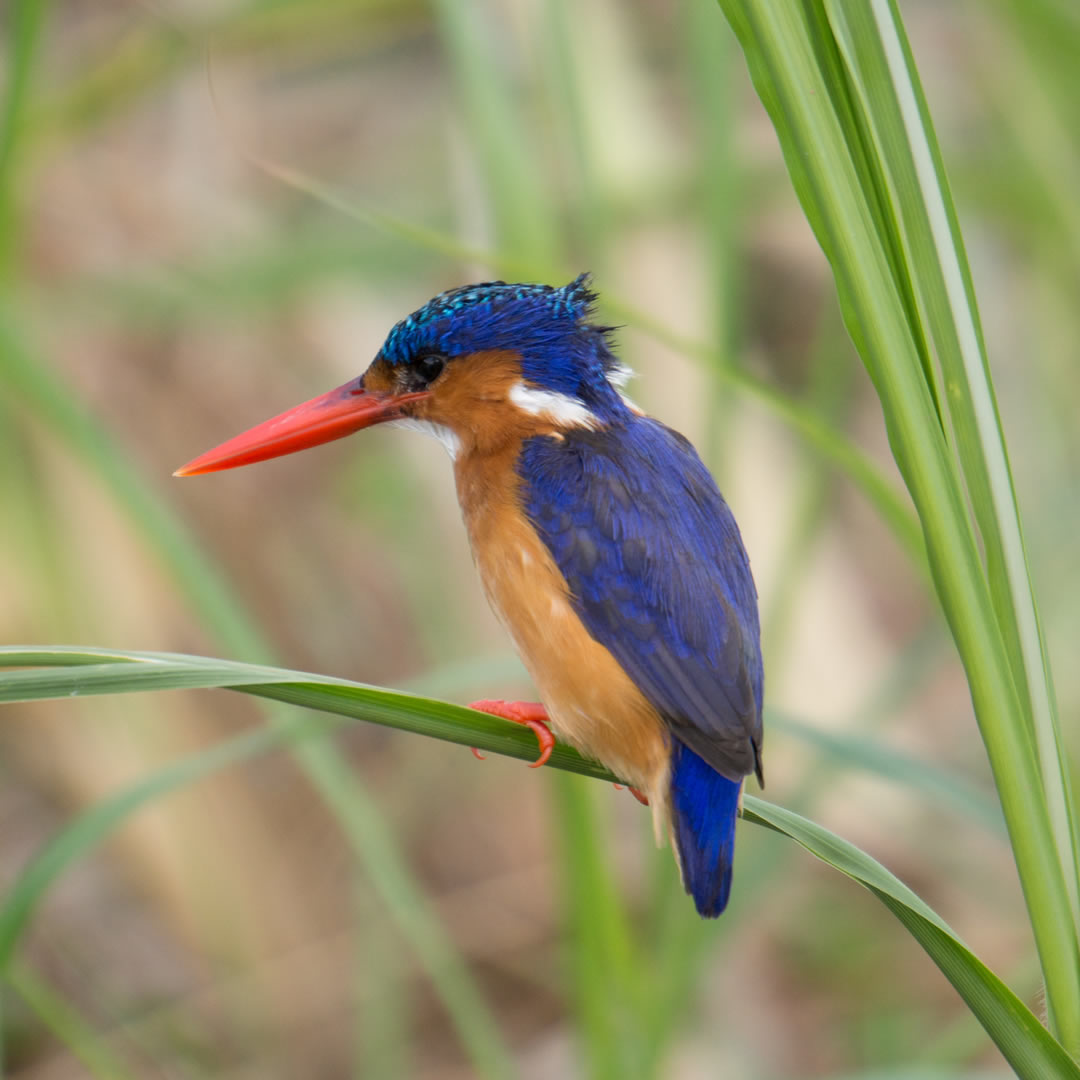Queen Elizabeth National Park is Uganda’s most popular savannah reserve and has the widest variety of wildlife of any Ugandan park. The variety of habitats includes grassland savannah, forests, wetlands and lakes. This provides the setting for an extensive range of large mammals and primates. Four of the Big Five are present (rhino are absent) and chimp tracking is available.
Tree-climbing lions are a specialty of the Ishasha sector of the park, where they can often be found resting in huge fig trees. Giant forest hog is unusually easy to see, both on drives and boat trips. Buffalo are particularly attractive as they are often reddish brown due to interbreeding with forest buffalo from neighboring Democratic Republic of Congo (DRC). Chimp trekking is available in the steamy, tropical forest of Kyambura Gorge. Huge herds of buffalo and elephant are found in the savannah areas of the park, and an amazing number of hippo inhabit the Kazinga Channel on which daily boat trips are conducted.
The park is set against a backdrop of the Rwenzori Mountains. Additional scenic points are Kazinga Channel between Lake Edward and Lake George and at least 10 crater lakes. The most accessible part of the park is open savannah, but large forest areas are open to the public. These include the forested Kyambura Gorge and the extensive Maramagambo forest in the southeast.
Elephant and buffalo are very common, and lion are surprisingly easy to spot. There are many interesting antelope species, such as Uganda kob, topi and bushbuck. Hippo and crocodile are common in Kazinga Channel. A troop of chimpanzee has been habituated for tracking and nine other primate species are found, including the black-and-white colobus monkey. Giraffe and zebra are absent.
Queen Elizabeth National Park has the largest checklist of any protected area in East Africa with more than 600 bird species recorded. This is mostly due to the wide variety of habitats: from savannah to forest to wetland. Many of the birds in the park are regarded as specials within East Africa, which make it a prime birding destination. The swamps in the Ishasha sector are a good place to look for the elusive shoebill stork. Migratory birds are present from November to April.
 Malachite Kingfisher
Malachite Kingfisher